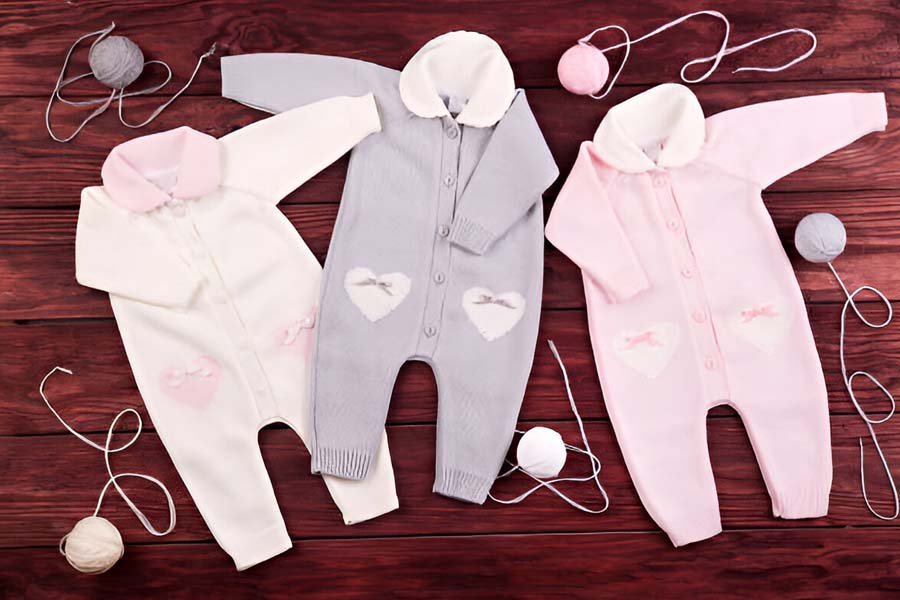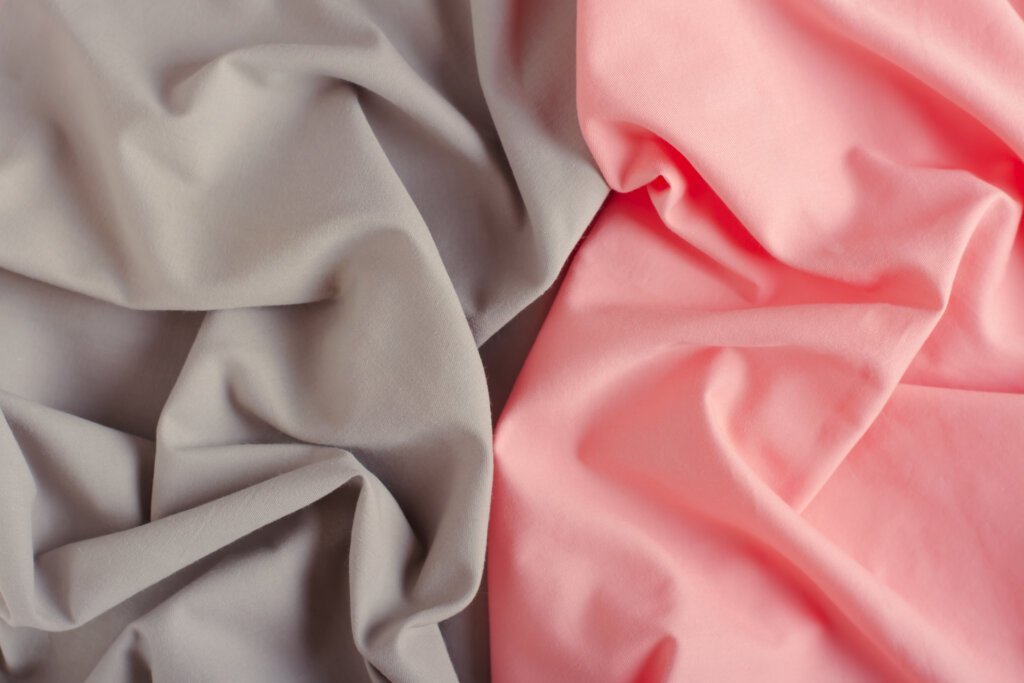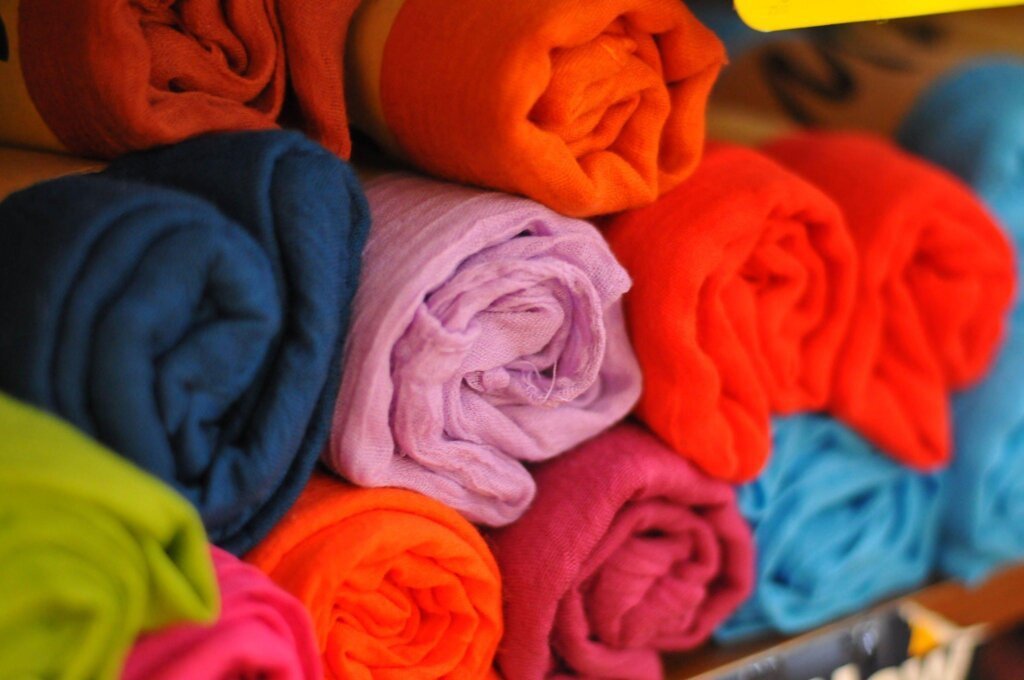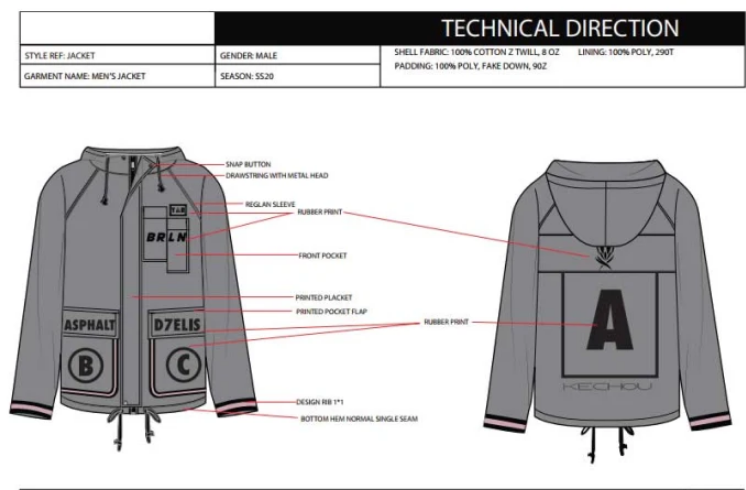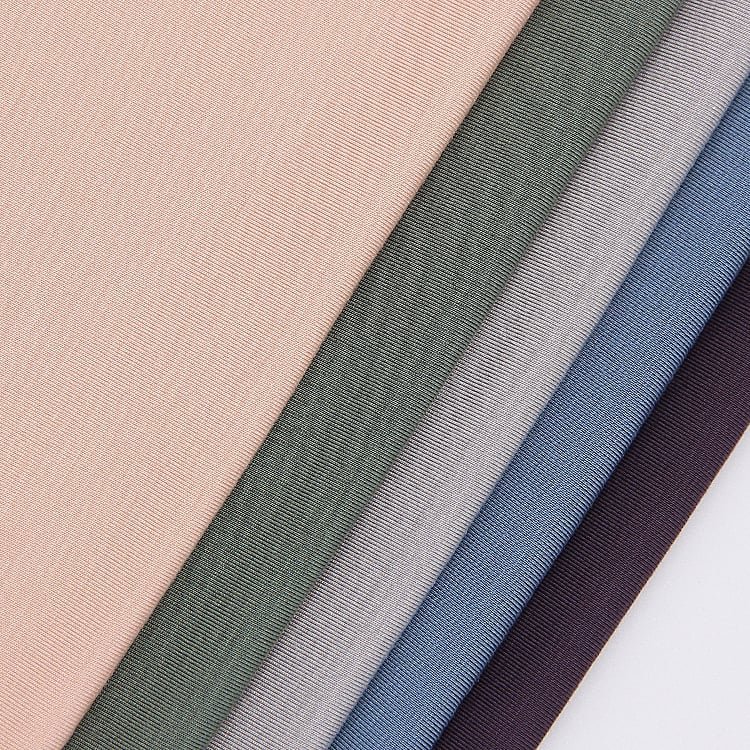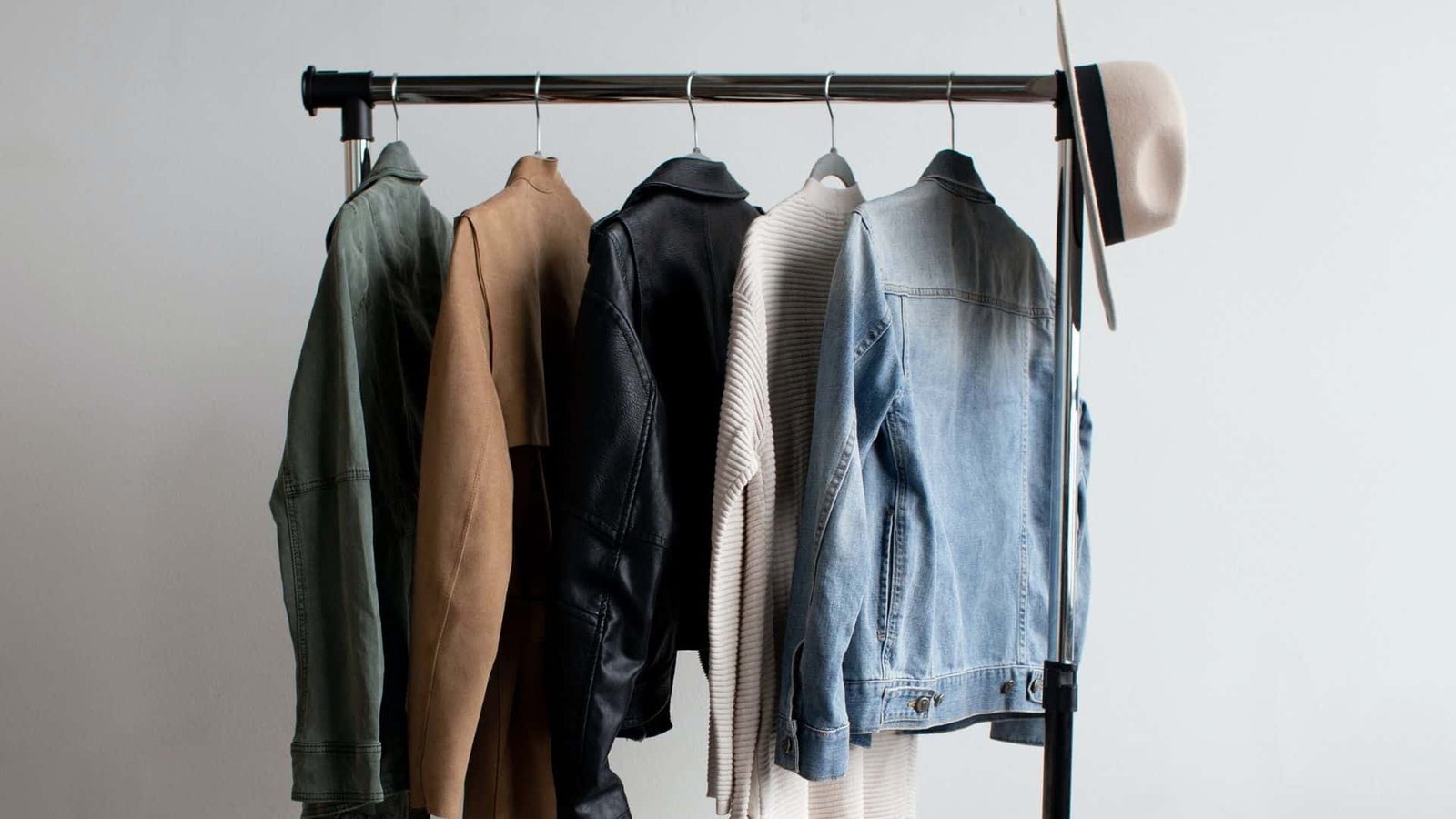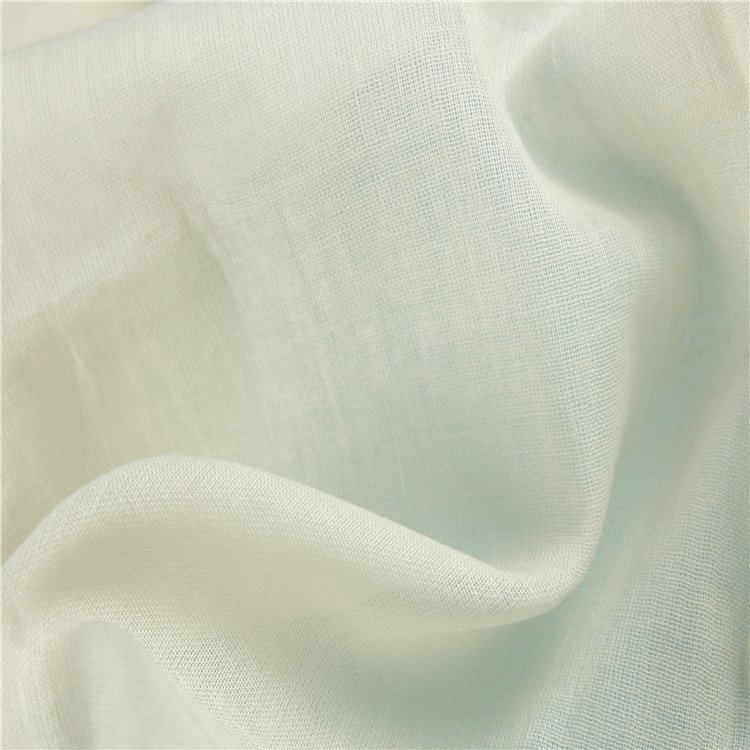
Muslin fabric is a lightweight, plain-weave cotton fabric. It is highly versatile and offers many benefits.
It is also known for its soft and breathable characteristics. Thus, it is comfortable to wear and suitable for a range of climates.
For centuries, various cultures have used muslin for a variety of purposes.
It originated in Bangladesh and was discovered in the city of Mosul, Iraq, which was the center of fabric trade in the Middle Ages.
The fabric was named “muslin” after the city.
What Is Muslin Fabric?
Muslin fabric is a lightweight type of cotton fabric known for its versatility. It is often used for a variety of purposes, including clothing, curtains, and upholstery.
This fabric is a lightweight, plain-woven cotton fabric made using the plain weave technique. Fibers such as cotton, silk, or linen are used in producing the fabric.
Historically, the fabric was unbleached and had a natural beige color. However, it is now also available in bleached white or dyed in various colors.
Muslin is available in various weights, from very sheer and lightweight to slightly heavier varieties.
Lighter muslin textiles are often used for garments like blouses, dresses, and lightweight summer clothing.
Heavier muslin can be used for curtains, drapery, upholstery, and linings.
Characteristics of Muslin Fabric
Muslin fabric has the following distinctive characteristics:
Durability
This fabric has been a staple fabric throughout the centuries due to its durability. The plain weave technique in muslin production contributes to its strength by reducing tension on its individual threads.
Lightweight
Muslin is known for its light and airy characteristics. These make it suitable for making garments that need to be breathable and comfortable.
Softness
The fabric is popular for its soft and smooth texture. The softness of muslin contributes to its overall comfort and makes it a desirable fabric for clothing, especially for delicate or sensitive individuals.
Breathability
Muslin fabric offers good breathability due to its loose weave. It allows air to circulate through the fabric.
This breathability makes muslin a popular choice for warm-weather garments and summer clothing.
Versatility
Muslin fabric can be used for a variety of purposes.
Its lightweight and softness make it suitable for flowing dresses, blouses, skirts, and other clothes.
It is also used for making linings, curtains, drapery, and home decor accents. It is also used in craft projects.
Absorbency
Most muslin textiles have high levels of absorbency. The cotton used in muslin is known for its absorbent properties. Thus, with more cotton content, the fabric will have greater absorbency.
Types of Muslin Fabric
Muslin fabric comes in various types, each with its own unique characteristics. Top-grade muslin fabrics have a soft and smooth texture.
On the other hand, lower-quality muslin textiles have a coarser texture. The following are the four main types of muslin:
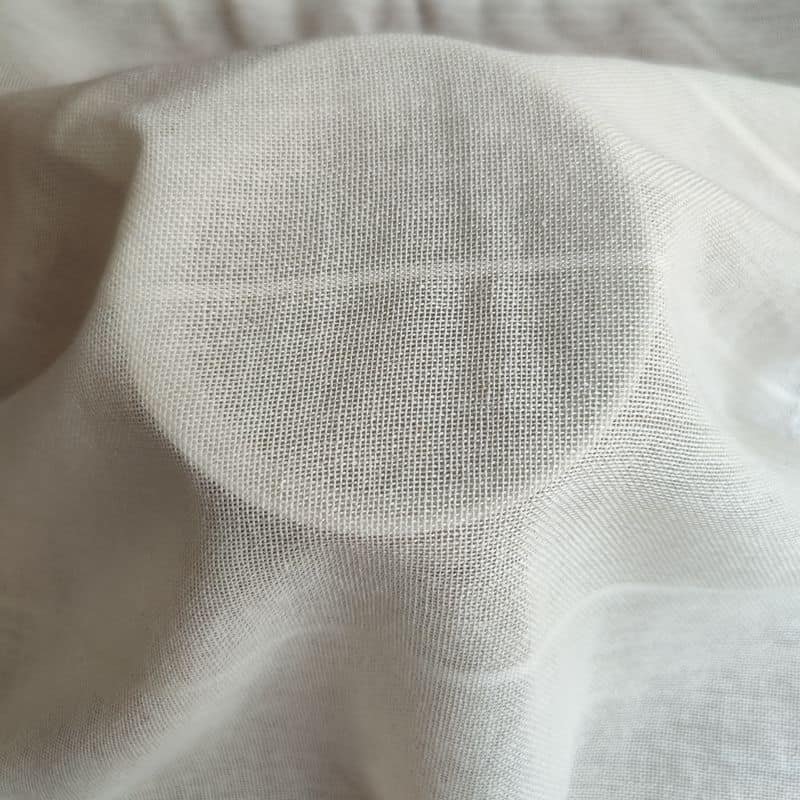
Gauze
It is an ultra-lightweight, sheer type of muslin. It is the lightest among other types of muslin. It is often used for clothes and kitchen filters. It is also used for dressing wounds.
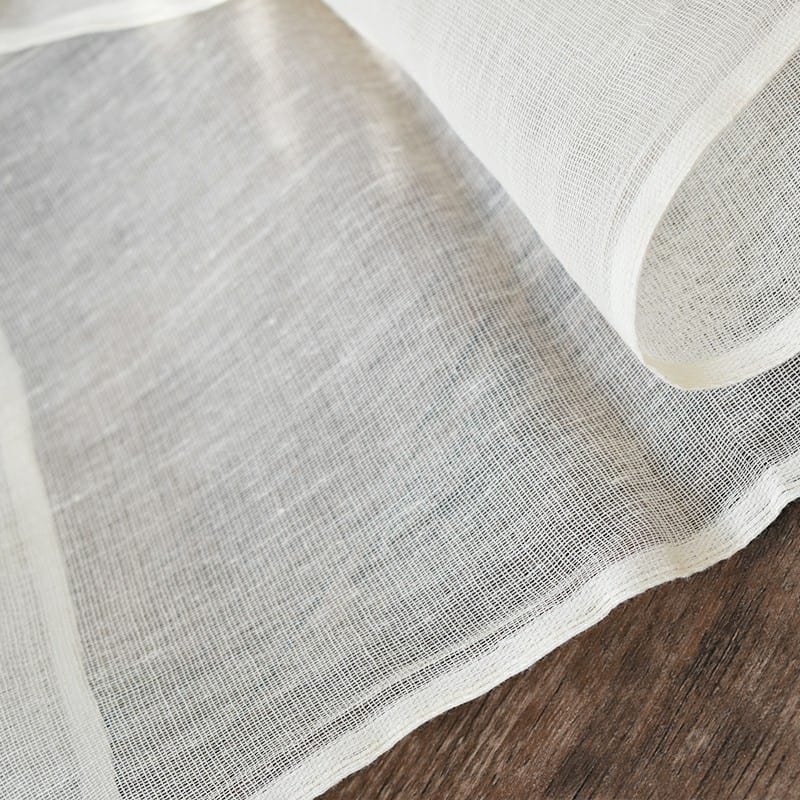
Mull
It is a lightweight and plain type of muslin fabric. It is quite heavier than gauze. It is commonly made from cotton, silk, and sometimes viscose. It is used as a dress underlining to add weight and structure to garments.
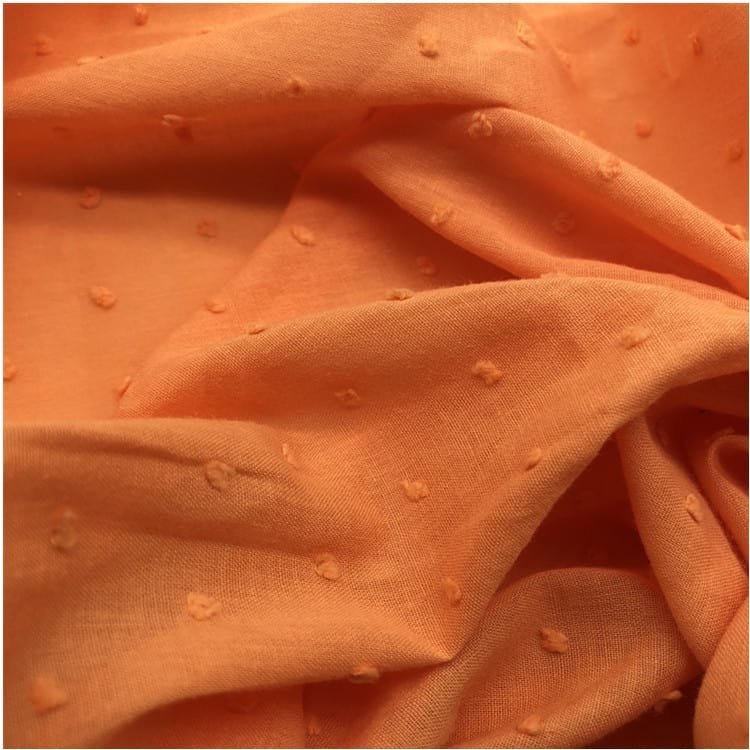
Swiss Muslin
It is a sheer and lightweight type of muslin. It is denser than mull. It is characterized by raised patterns or dots. It is used for warm-weather clothing due to its breathability and delicate texture.
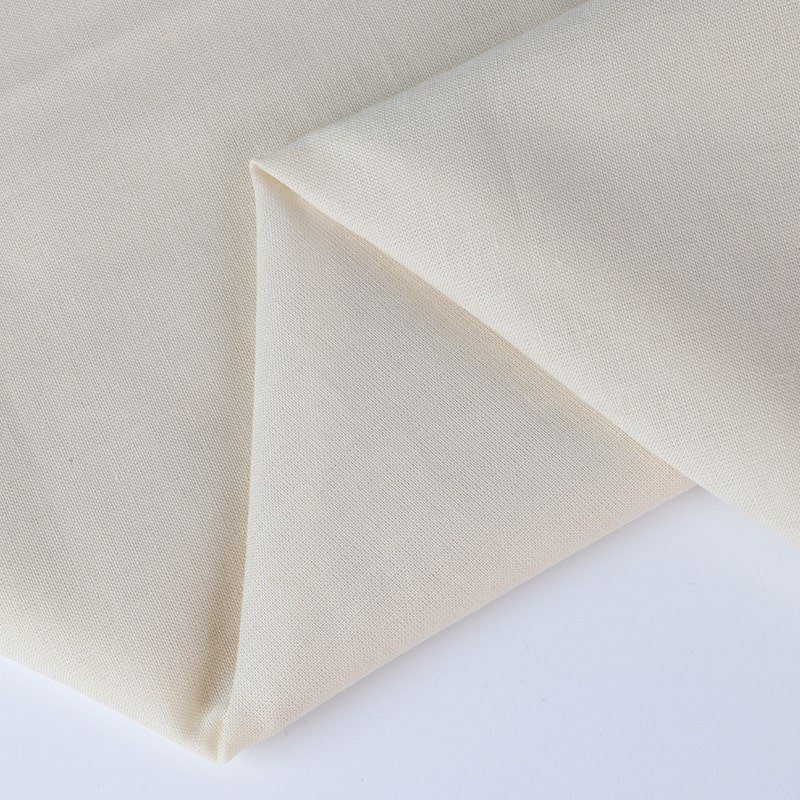
Sheeting
It is the thickest and coarsest kind of muslin textile. It is more functional compared to other types of muslin due to its durability. It is often used in clothing, various homewares, furniture upholstery, home décor, and theatrical backdrops.
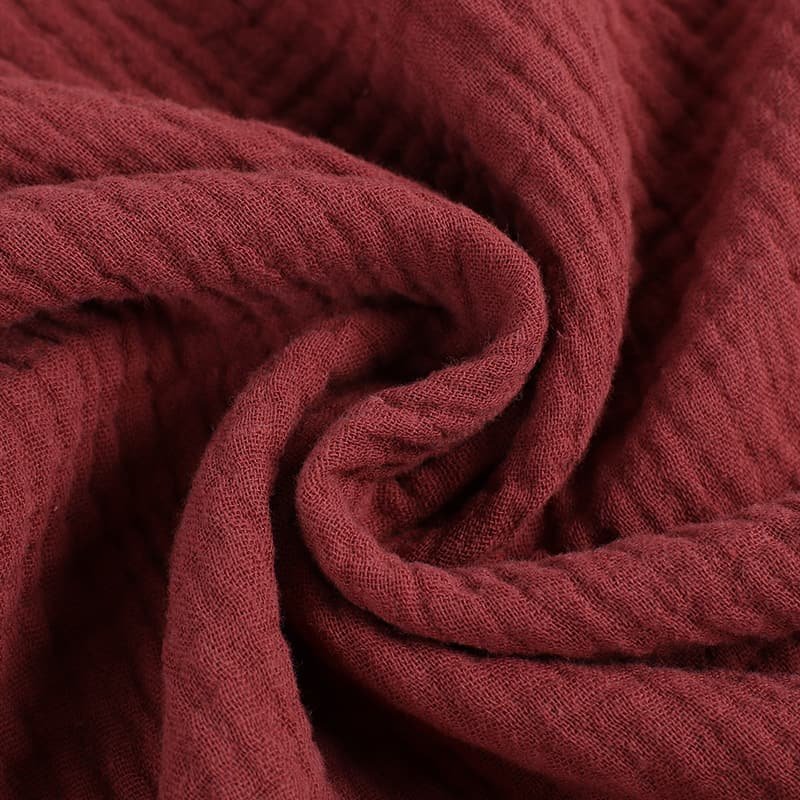
Uses of Muslin Fabric
Dressmaking
Muslin is a lightweight and breathable fabric used for comfortable, casual attire, popular in summer for blouses, skirts, dresses, and shirts. It is also commonly used to create mock-ups or samples in the pattern-making process in the clothing manufacturing industry.
Linings
The fabric is usually used as a lining for clothes. It provides a smooth and comfortable inner layer. Thus, it enhances the overall fit and feel of the clothes.
Arts
This fabric is versatile and commonly used for various crafts such as stuffed toys, dolls, quilts, embroidery, handkerchiefs, and other small projects. It can also be used for textile arts like painting, dyeing, and printing.
Home Decor
Muslin fabric is often used in home decor for its natural aesthetic. It can be used for curtains, tablecloths, napkins, pillowcases, and bed linens, creating a soft and relaxed ambiance due to its lightweight characteristics.
Care and Maintenance of Muslin Fabric
Muslin fabric, in general, can be machine-washed in lukewarm or cold water with mild detergents.
Heavy-stained muslin should be pre-treated. Hand washes muslin that is delicate or embellished.
Allow the muslin cloth to air dry to avoid shrinkage. To protect delicate embroidery or embellishments, iron them on the reverse side or with a cloth.
Store muslin cloth clean and dry to avoid mold growth. Do not store the fabric in plastic bags or airtight containers to prevent musty odors.
Different types and blends of muslin cloths may have slightly different care requirements, so always refer to the manufacturer’s instructions.
Conclusion
Muslin fabrics are known for their versatility. It is a widely used material due to its softness, breathability, and natural aesthetic. It is often used in clothing, linings, craft projects, and home decor.
Proper care and maintenance are important to preserve the quality and longevity of muslin fabric. Its versatility, softness, and ease of use make it popular for many purposes.
Its timeless appeal and practicality continue to make it a valuable material in various industries and creative endeavors.

